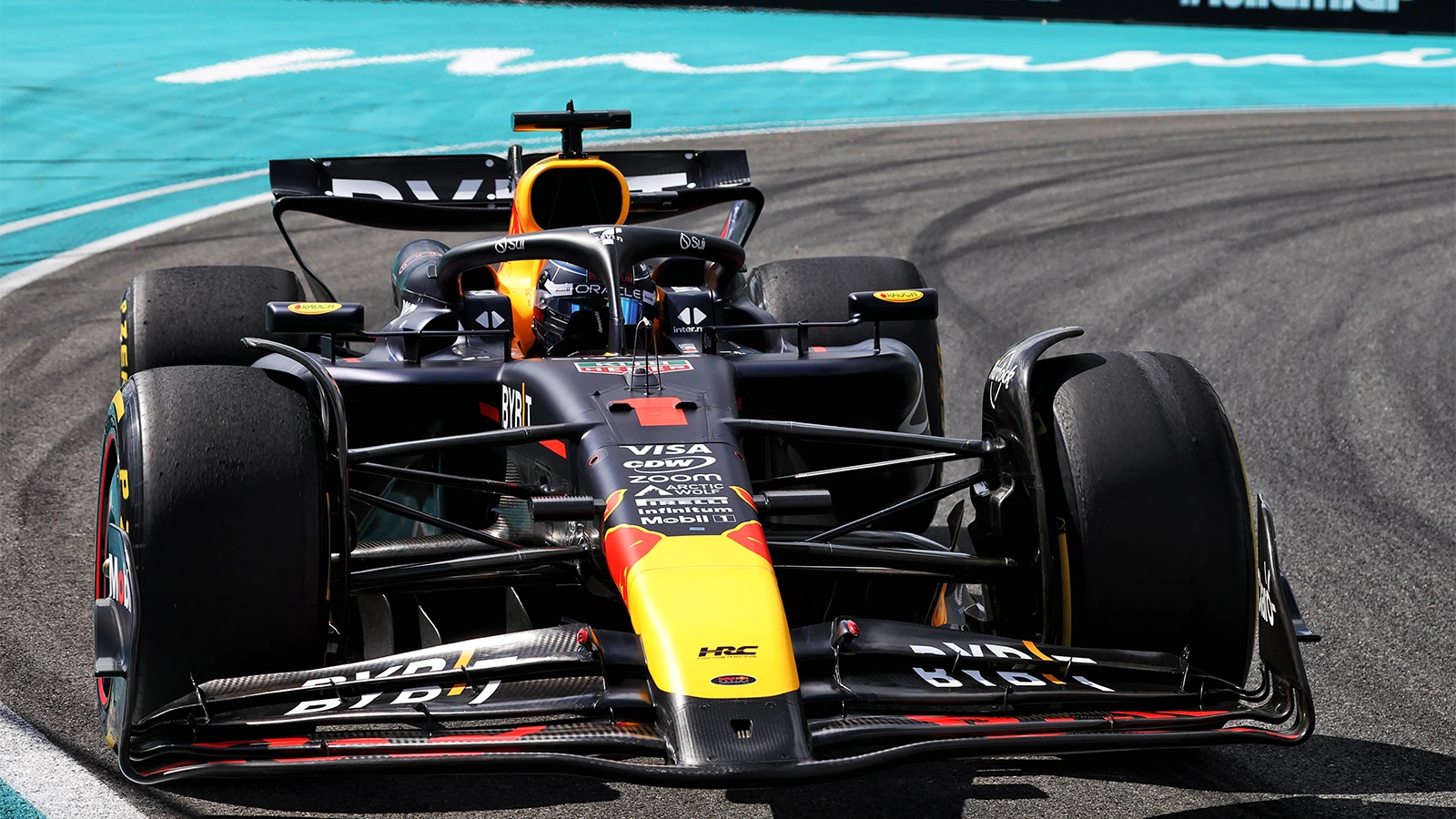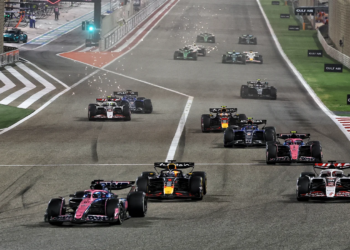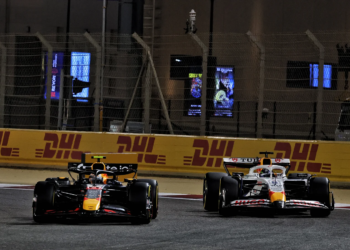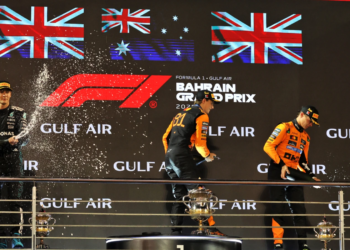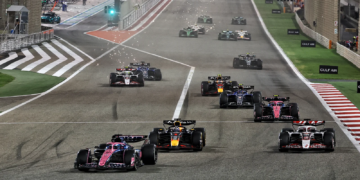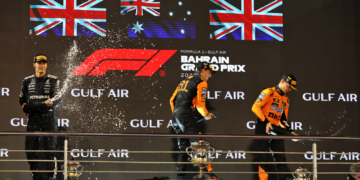Otmar Szafnauer has laid out several ways Red Bull is set to benefit from its “very competent” Formula 1 engine partner Ford.
Szafnauer is well-placed to comment on the subject.
The former Alpine and Aston Martin Team Principal knows what it takes to run a Formula 1 team and knows the intricacies of Ford’s racing operations well, having served as the Blue Oval’s Programmes Manager for over a decade before joining BAR in 1998.
Ford is busy manufacturing components for the Red Bull Powertrains division it announced a partnership with in early 2023 and the collaboration’s efforts will roll out onto an F1 grid for the first time next year.
Szafnauer lauds Ford as a “capable partner” being brought to the Red Bull table.
“Ford is a massive and very capable company, and they’ve been racing for a long time, including in Formula 1,” Szafnauer told PlanetF1.
“They owned their own team, they were engine suppliers and they owned Cosworth for a while.
“So their racing roots go really, really deep, and they still race in North America now.
“Red Bull is getting a very competent and capable partner.”
Szafnauer hopes Ford has learned from previous failings
Red Bull and Ford’s relationship goes back a long way.
The Austrian energy drinks giant bought the American marque’s Jaguar F1 team for the minuscule sum of £1 at the end of 2004, bringing to an end five miserable years of failure.
Debuting in 2000 after taking over Jackie Stewart’s eponymous F1 team, Jaguar would achieve just two podiums across five seasons as corporate management in the USA and racing operations in the UK failed to gel.
Speaking from experience, Szafnauer said “The one thing that I learned when I left Ford to go to British American Racing [BAR], is I quickly learned the things that worked at Ford that would also work in Formula One I needed to apply.
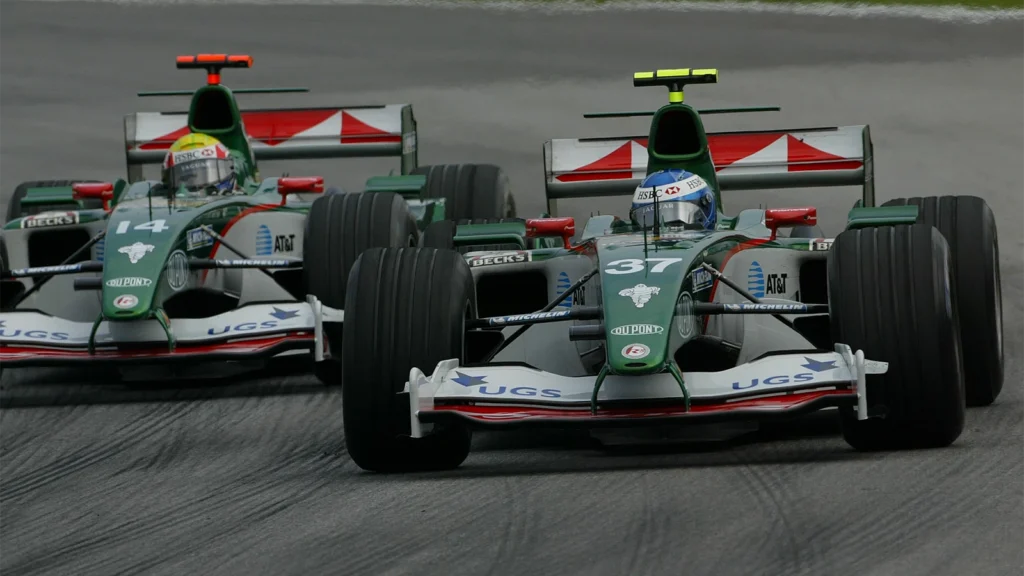
“But there are other things that would work well at Ford that wouldn’t work well in F1, just the opposite, it would slow them down.
“Those things – you don’t apply and you have to have the experience of both sides to say ‘Yes, that would be helpful’, and, ‘No, that won’t’.
“If you mix those two, you can get yourself in trouble. If you don’t mix them, then great.”
With that in mind, Szafnauer hopes that the failures of Jaguar F1 have been communicated to the current generation of Ford management working on the Red Bull engine project.
“Whatever they learned there, hopefully, it was communicated,” he said.
What can Red Bull learn from Ford?
Still, despite the failures of Ford’s last F1 venture, Szafnauer laid out ways in which the American marque could benefit Red Bull’s operations.
Ford isn’t the only road car company coming to F1 next year, Audi is making its debut after taking over Sauber and Cadillac is coming into play with its own team also.
The past, and Jaguar specifically, has told us that large automotive brands don’t know how to run F1 teams, but Szafnauer knows from experience there are methods that can be positively applied.
“I’ll give you an example of when I was at Ford,” he said, adding “I know other car companies do this too.
“In car programmes, we’d have to go through gateways, and the gateways were just points in time and, at that point in time, you had to have a list of things that that you had to achieve by that point in time,” Szafnauer explained.
“You went and you compared what you’ve actually done with the list of things that you had to do.
“Say, a car programme was 36 months long, you would probably have 12 gateways that you’d have to go through.
“That too is now being applied in Formula One because it works. For example, in 2023, you’re starting to consider what the 2026 car would look like.
“In ’23, you’d have one gateway, and in that gateway, you might say do you have at least three aerodynamicists worried about 2026?
“Do you have somebody who’s working on the regulations, understanding the rules, and working with the FIA? Yes, I do. On the powertrain guys, do you have enough of them working on 2026 so you’re going to be competitive?”
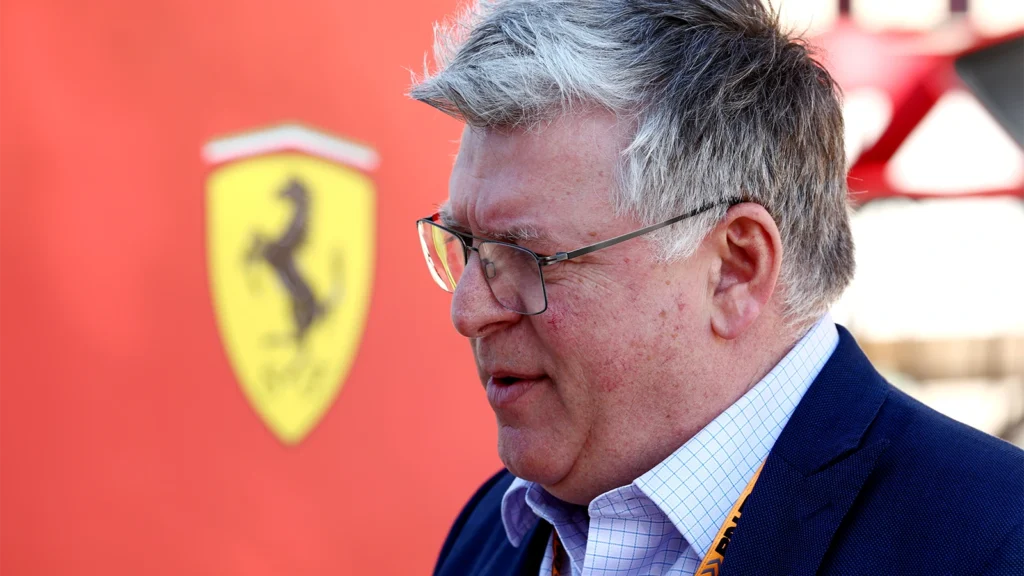
This forward-thinking model is indeed being applied up and down the F1 grid, particularly at Williams, where Team Principal James Vowles is focussing a lot of his attention on the new rules coming into play next year.
“[This method] works because it forces you to what you planned to be a good path to success,” said Szafnauer.
“It forces you to either do it or compare and say, ‘I’m not doing it for this reason’, or ‘I don’t have enough resources – that’s why I’m not doing it. Let’s get the right resources’.
“So there are some things that have come to Formula 1 from big car companies that work but, on the other hand, you can’t be overly process-driven, because that’ll just slow down your development.”
Szafnauer explained how he directly applied his learnings from Ford to his time running teams in F1, claiming his organisational structures hadn’t been seen in the sport prior.
“When leading big projects, we would subdivide the project – have different subdivisions of project leaders that reported up to one – and one thing that I noticed and thought, ‘You know what? In building a Formula 1 car, I’m going to subdivide it into three areas’,” he said.
“I had three sub-project leaders, so to speak, for both manufacturing and purchasing, that they would be responsible for that area of the car, for getting the parts to the car on time, at the right quality level, and that was their responsibility.
“I don’t think a Formula 1 team was ever organised that way, and that was something that I borrowed from Ford.”
READ MORE – Christian Horner: General Motors F1 arrival setting up ‘sexy’ Red Bull Ford rivalry

